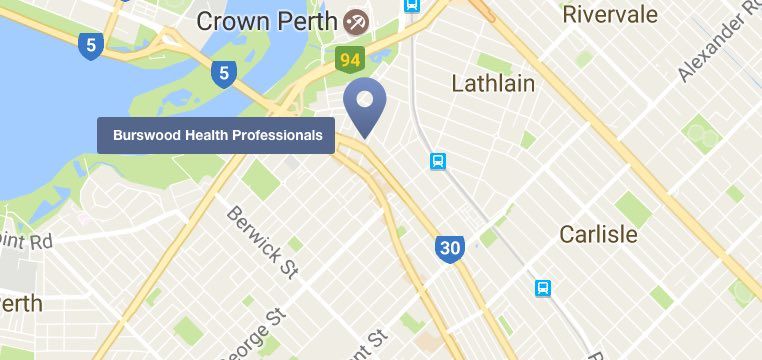Diabetic Foot Maintenance and Management
Diabetic foot education, maintenance and management ensures you are well informed and taken care of by your Podiatrist.

What are the treatments?
If you have Diabetes, you will need to see your podiatrist regularly throughout the year. The Podiatrist will normally check both the blood supply and any evidence of loss of sensation in your feet. Blood supply will be checked by looking at the colour of the skin, checking the pulses in the feet and by asking questions about certain kinds of pain in your feet and legs.
Normally people have two pulses in their feet: one on the top (dorsalis pedis) and one on the inside of the ankle (posterior tibial). Most often the podiatrist will check these pulses by feeling the pulse with their fingers or they will use a small hand held scanner (called a doplar) to listen to the pulse. Sensation will most commonly be checked with a monofilament and tuning fork. The monofilament is a plastic probe that is designed to buckle at a given pressure and is a good indicator for loss of feeling. The podiatrist will also be looking for any foot deformity or signs of excessive loading that may warrant either footwear advice or in some cases an insole.
When should I see a podiatrist about it?
If you experience any form of neuropathy or pain or discomfort, it is advisable to consult your Diabetic Clinic or Podiatrist, since it is possible in many cases to alleviate these symptoms.
Other Pain You Might Feel
Diabetic related Foot Conditions
There are a number of foot conditions to be aware of when you have Diabetes. Read more about what they are and how we can help you.
If you see any of the following in your feet, you should also seek medical attention or consult your Podiatrist:
- Walking becomes more difficult
- Applying or wearing shoes becomes more difficult
- Tingling sensation or pins and needles
- Part or all of your foot becomes swollen
- Breaks in the skin, opens sores/blisters or a discharge
- Skin colour changes (redder, bluer, paler, blacker) over part or all of the foot
- Swelling in your feet and/or an unusual odour
- Part or all of your foot feels much hotter or colder than usual
- Hard skin (callus)
- Cramp in your calves
- Shiny smooth skin and/or losing hair on your feet and legs
In regards to Diabetic foot maintenance, it is recommended that you consult your podiatrist regularly for ongoing check-ups and monitoring.


